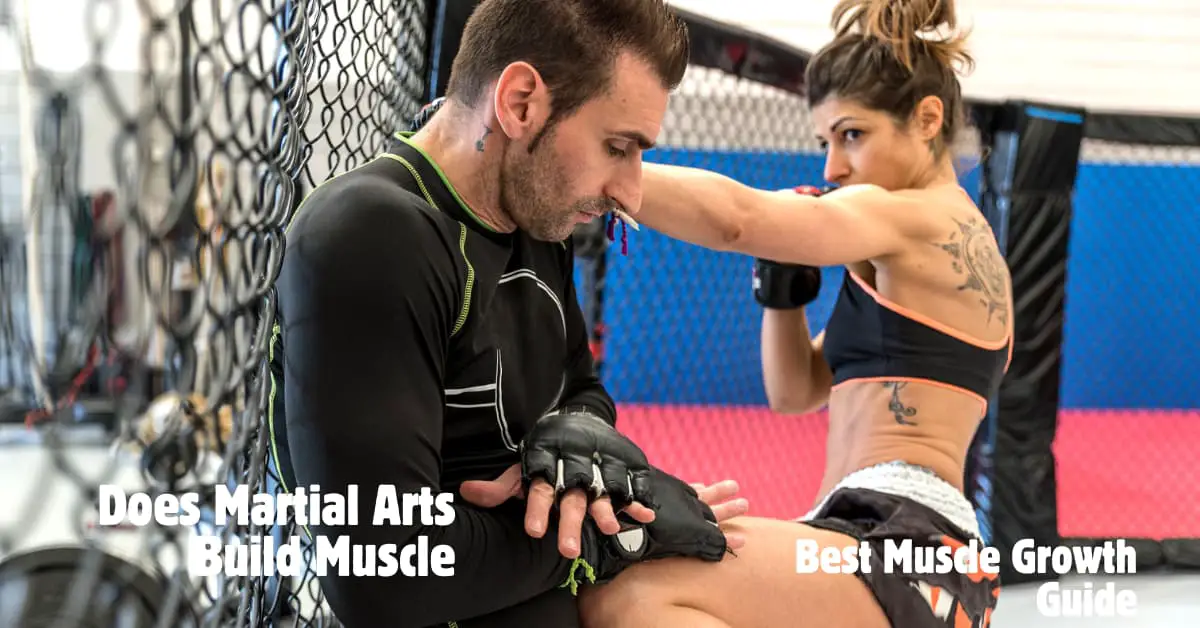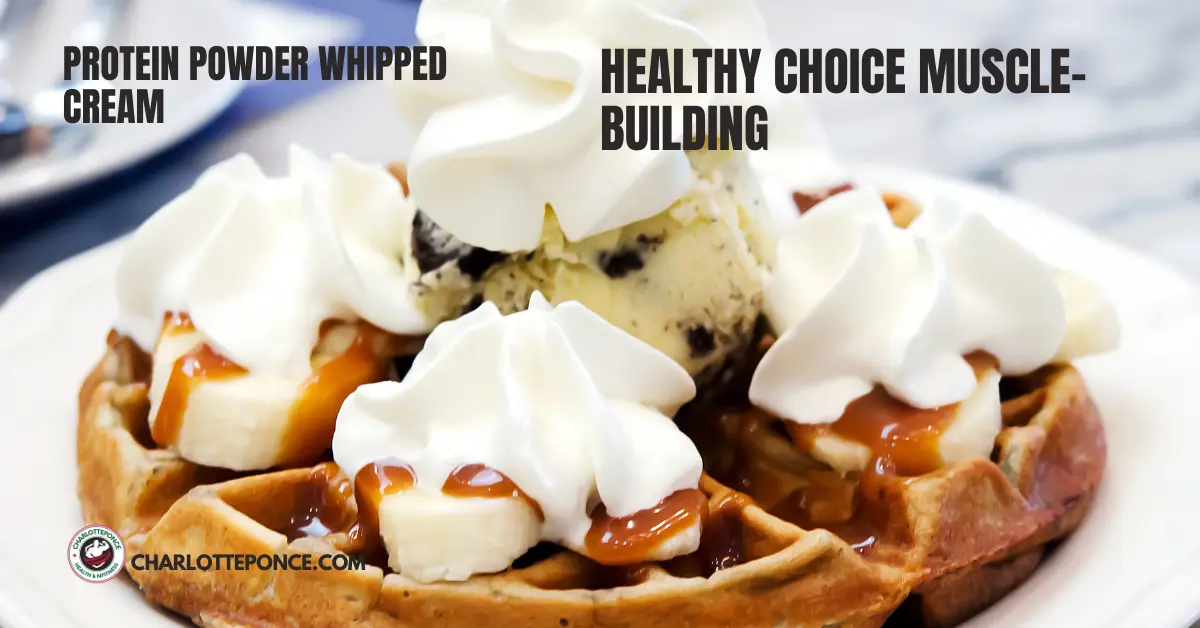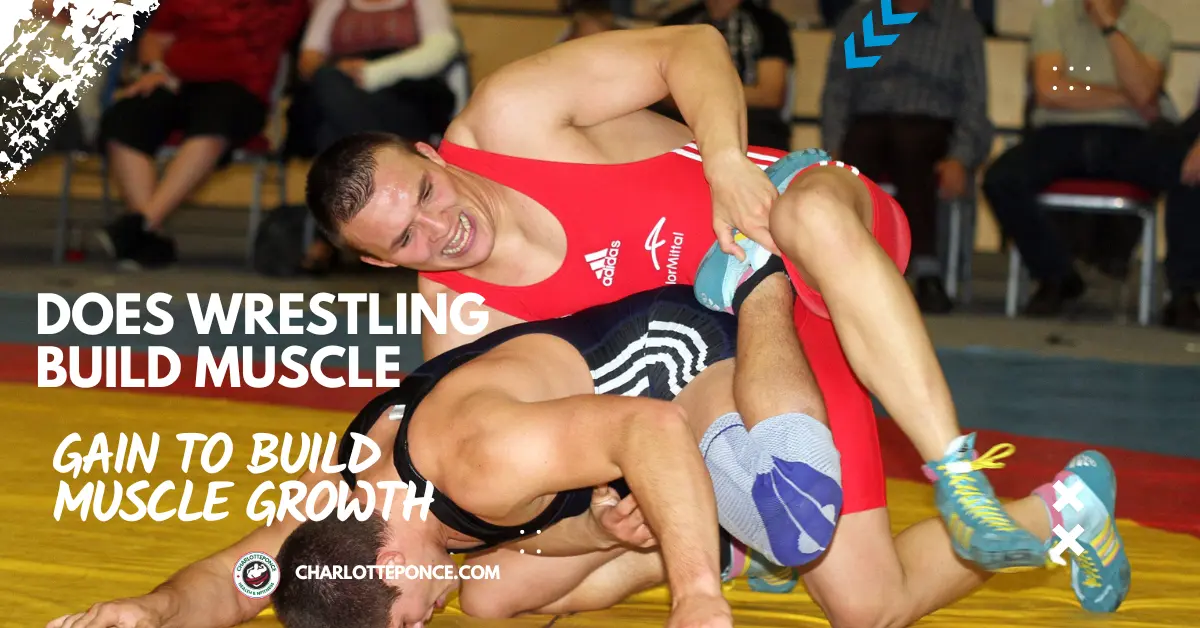Does Martial Arts Build Muscle? Yes, martial arts can help build muscle by utilizing strength training exercises and repetitive movements that target specific muscle groups. Martial arts, such as karate, kickboxing, or Brazilian Jiu-Jitsu, require engaging muscles throughout the body, promoting muscle growth and increasing overall strength and endurance.
Mastering martial arts techniques also involves core engagement, leading to a stronger and more defined abdominal area. Furthermore, this form of physical activity can enhance flexibility and improve cardiovascular fitness, contributing to a well-rounded fitness regimen. Whether you are a beginner or an experienced practitioner, martial arts offer a versatile and effective way to build muscle while learning self-defense skills and fostering discipline and mental focus.

Page Contents
ToggleKey Takeaways
Martial arts effectively builds muscle mass as it involves strength training, leading to improved muscle tone and strength. The dynamic movements and bodyweight exercises in martial arts can help develop lean muscle and enhance overall physical fitness. Regular practice can promote muscle growth and endurance.
- Build Lean Muscle: Martial arts training involves a wide range of movements that engage different muscle groups, leading to the development of lean muscle mass. This results in improved strength and endurance.
- Full-Body Workout: Engaging in martial arts offers a comprehensive full-body workout, targeting various muscle groups simultaneously. The combination of different techniques, from striking to grappling, ensures overall muscle development.
- Increased Flexibility: Practicing martial arts enhances flexibility, which contributes to improved muscle performance and helps prevent injuries. Flexibility training optimizes the range of motion in muscles, facilitating muscle growth.
- Cardiovascular Fitness: Martial arts training involves rigorous movements that elevate heart rate, promoting cardiovascular fitness. The combination of strength and endurance training contributes to overall muscle toning and development.
- Functional Strength: Martial arts emphasizes functional strength, focusing on movements that enhance practical, real-life applications. This type of training leads to the development of functional muscle strength, benefiting daily activities and overall physical performance.
Types Of Martial Arts For Muscle Building
Martial arts offers various types that can effectively build muscle strength and tone. These techniques provide a full-body workout through intense movements, allowing practitioners to develop muscle mass and improve overall physical fitness.
Does Martial Arts Build Muscle?
If you’re looking to build muscle, engaging in martial arts can be an excellent way to achieve your goals while also learning self-defense techniques. Different types of martial arts offer unique benefits when it comes to muscle building. In this blog post, we’ll explore some of the most effective martial arts disciplines for building muscle.
So, let’s dive in and discover which martial arts practices can help you sculpt and strengthen your body.
There are several types of martial arts that can significantly contribute to muscle building. Whether you’re looking to tone your body or gain strength, these martial arts disciplines offer an excellent opportunity to build muscle while gaining valuable self-defense skills.
Let’s take a closer look at some of them:
- Karate:
- Karate combines powerful strikes, kicks, and dynamic movements that require the engagement of multiple muscle groups.
- By practicing Karate, you can develop strength in your arms, legs, and core, leading to enhanced muscle tone and definition.
- Muay Thai:
- Muay Thai, also known as the art of eight limbs, is a high-impact martial art that utilizes punches, kicks, elbows, and knees.
- This intense full-body workout engages the muscles in your arms, legs, shoulders, and core, resulting in improved strength and muscle development.
- Brazilian Jiu-Jitsu (BJJ):
- BJJ focuses on ground fighting and submission holds, requiring significant strength and muscular endurance.
- By practicing BJJ, you can develop strong upper body muscles, core stability, and lower body strength.
- Taekwondo:
- Taekwondo is a martial art that emphasizes high, fast kicks and jumping kicks, enhancing lower body strength and flexibility.
- Regular practice of Taekwondo can strengthen your leg muscles, glutes, and improve overall muscle coordination.
- Boxing:
- Boxing is a combat sport that focuses on punches, footwork, and defensive tactics.
- By incorporating punches and defensive movements, boxing helps to build strong arm and shoulder muscles while improving overall cardiovascular fitness.
Remember, to maximize your muscle-building potential, consistency and proper technique are key. It’s important to train under the guidance of a qualified instructor who can provide personalized instruction and ensure your safety throughout your martial arts journey.
So, whether you choose to kick, punch, or engage in ground combat, incorporating these martial arts disciplines into your fitness routine can lead to increased muscle strength, endurance, and a more sculpted physique. Explore the world of martial arts and unlock your full potential!
Impact Of Training Intensity On Muscle Growth
Training intensity plays a crucial role in martial arts for muscle growth. It stimulates muscle hypertrophy and enhances strength through high-intensity workouts and resistance training. Martial arts training combines different disciplines and techniques that target various muscle groups, leading to noticeable muscle development over time.
Does Martial Arts Build Muscle?
Martial arts is not only a form of self-defense or a discipline, but it can also have a significant impact on muscle growth. Whether you are practicing Karate, Taekwondo, or Brazilian Jiu-Jitsu, martial arts training can help you build muscle and improve your overall strength.
However, the intensity of your training plays a crucial role in determining the extent of muscle growth. Let’s explore the impact of training intensity on muscle growth and how martial arts can help you achieve your fitness goals.
Training Volume And Frequency:
- Increasing the training volume and frequency can stimulate muscle growth.
- Performing martial arts techniques regularly and consistently can lead to hypertrophy, or muscle growth.
- Engaging in intense training sessions for longer durations can also promote muscle development.
Resistance Training:
- Utilizing resistance training exercises within martial arts practice can enhance muscle growth.
- Techniques that involve striking, grappling, or throwing can challenge your muscles and stimulate their development.
- Working with resistance bands, weights, or even your body weight during specific drills can add more resistance to your training, leading to muscle growth.
Compound Movements:
- Martial arts often involve compound movements that work multiple muscle groups simultaneously.
- Techniques like punches, kicks, and throws engage various muscles throughout your body.
- Engaging in these compound movements regularly can promote overall muscle growth and development.
High-intensity Interval Training (hiit):
- Incorporating HIIT sessions in martial arts training can boost muscle growth.
- HIIT involves short bursts of intense exercises followed by periods of rest or lower intensity exercises.
- This type of training can increase muscle fiber recruitment, promoting muscle growth and strength.
Martial Arts Discipline:
- Different martial arts disciplines emphasize various aspects of training, which can impact muscle growth differently.
- Striking-based martial arts, like boxing or Muay Thai, may emphasize upper body muscle development.
- Grappling-based martial arts, like Brazilian Jiu-Jitsu or Judo, can target the lower body muscle groups.
Proper Nutrition And Recovery:
- Adequate nutrition and recovery play vital roles in muscle growth.
- Consuming enough protein, carbohydrates, and healthy fats is necessary to support muscle repair and growth.
- Incorporating rest days between training sessions allows your muscles to recover and adapt, leading to muscle growth.
By understanding the impact of training intensity on muscle growth and incorporating proper techniques, resistance training, compound movements, and HIIT, martial arts can indeed help you build muscle and improve overall strength. So, whether you are a beginner or an advanced practitioner, martial arts can be a fantastic way to achieve your fitness goals and enhance your physique while developing invaluable self-defense skills.
Keep pushing your limits, stay consistent, and enjoy the journey!
Specific Muscle Groups Targeted In Martial Arts
Martial arts training targets specific muscle groups, promoting strength, endurance, and flexibility. Techniques such as punches and kicks engage the upper and lower body muscles, while core stability and posture are essential for balance and power. With consistent training, martial arts can effectively build lean muscle mass and improve overall physical fitness.
Martial arts training is known for its ability to engage and strengthen various muscle groups. Here are the specific muscle groups targeted in martial arts:
- Core Muscles: The core muscles, including the abdominals, obliques, and lower back muscles, are heavily engaged during martial arts practice. The rotational movements, balance, and stability required in different techniques contribute to the strengthening of these core muscles, promoting better posture and overall stability.
- Leg Muscles: Martial arts involve a wide range of kicking, lunging, and squatting movements that target the leg muscles, including the quadriceps, hamstrings, and calves. These dynamic movements not only improve leg strength and endurance but also enhance flexibility and agility.
- Upper Body Muscles: The upper body muscles, such as the chest, shoulders, arms, and back, are consistently engaged during striking, punching, and grappling techniques. The repetitive nature of these movements helps in building strength, power, and muscular endurance in the upper body.
- Cardiovascular System: Martial arts training is an excellent cardiovascular workout, which helps in improving overall endurance and stamina. The combination of intense bursts of activity and periods of lower-intensity movements contributes to enhanced cardiovascular health.
- Full-Body Integration: One of the unique aspects of martial arts is its emphasis on full-body integration. Techniques such as striking, blocking, and grappling require the coordination and engagement of multiple muscle groups simultaneously, promoting overall functional strength and coordination.
Martial arts training offers a holistic approach to muscle development, targeting various muscle groups while also enhancing cardiovascular endurance and overall functional fitness.
Martial arts training offers a holistic approach to muscle development, targeting various muscle groups while also enhancing cardiovascular endurance and overall functional fitness.
Dietary Considerations For Muscle Development
Explore how martial arts training can aid muscle development through strategic dietary choices. Fueling the body with protein-rich foods is crucial for supporting muscle growth and repair. By combining proper nutrition with consistent training, individuals can optimize their muscle-building potential in martial arts practice.
To optimize muscle growth and strength through martial arts training, it’s essential to pay close attention to your dietary intake. What you eat plays a crucial role in supporting muscle development and recovery. Here are some key dietary considerations to enhance your muscle-building efforts:
- Protein-Rich Foods: Including ample protein in your diet is vital for muscle repair and growth. Aim to consume lean sources of protein such as chicken, fish, tofu, and legumes to support muscle recovery and development.
- Carbohydrates for Energy: Carbohydrates provide the necessary energy for high-intensity martial arts workouts. Incorporate complex carbohydrates like whole grains, fruits, and vegetables into your meals to fuel your training sessions effectively.
- Healthy Fats: Don’t overlook the importance of healthy fats in your diet. Omega-3 fatty acids found in foods like salmon, nuts, and seeds can help reduce inflammation and support muscle recovery post-training.
- Hydration is Key: Proper hydration is essential for muscle function and recovery. Make sure to drink an adequate amount of water throughout the day, especially before, during, and after your martial arts workouts to stay hydrated and support muscle growth.
- Timing of Meals: To maximize muscle growth, consider the timing of your meals. Consuming a balanced meal containing protein and carbohydrates within an hour of completing your training session can help replenish glycogen stores and kickstart the muscle recovery process.
- Nutrient-Dense Foods: Focus on incorporating nutrient-dense foods into your diet to ensure you’re providing your body with essential vitamins and minerals necessary for muscle development and overall health.
By incorporating these dietary considerations into your nutrition plan, you can optimize your muscle-building potential and support your goals in martial arts training. Remember, a well-rounded diet is key to achieving your desired muscle development outcomes.
Incorporating Resistance Training With Martial Arts
Combining resistance training with martial arts can enhance muscle growth and strength. Martial arts indeed help develop and tone muscles by engaging them in various movements and techniques. The incorporation of resistance training can further optimize muscle-building potential for martial artists.
Here’s how combining resistance training with martial arts can help you build muscle effectively:
- Enhanced Strength: Resistance training focuses on building muscle strength, which complements the power and force required in martial arts techniques.
- Improved Endurance: By incorporating resistance training, your muscle endurance and stamina can increase, making you better equipped to endure long training sessions and intense fights.
- Balanced Muscle Development: Resistance training helps in achieving balanced muscle development throughout your body, ensuring that all muscles are equally strong and functional.
- Injury Prevention: Strengthening muscles through resistance training can help prevent injuries that are common in martial arts, enhancing overall performance and longevity in the sport.
- Better Performance: The combination of resistance training and martial arts can lead to improved overall performance, agility, and speed.
Integrating resistance training with martial arts can be a game-changer in your fitness journey, helping you achieve optimal muscle growth and strength for a well-rounded physical development.
Frequently Asked Questions On Does Martial Arts Build Muscle
Does Martial Arts Training Help Build Muscle?
Martial arts training involves strength and resistance exercises that can help build muscle mass over time. The combination of techniques such as striking, grappling, and conditioning can contribute to increased muscle strength and tone. Consistent practice and proper nutrition are key factors in muscle development.
How Does Martial Arts Contribute To Muscle Growth?
Martial arts training involves dynamic movements that engage various muscle groups, leading to muscle hypertrophy and strength gains. Techniques like punching, kicking, and sparring stimulate muscle fibers, resulting in muscle growth through progressive overload. Proper recovery and rest are essential for muscle repair and growth.
Can Martial Arts Improve Overall Body Strength?
Yes, practicing martial arts can improve overall body strength by targeting muscles throughout the body. The diversity of techniques and movements involved in martial arts helps develop functional strength, balance, and coordination. Regular training and progressive challenges can enhance muscular endurance and power for practitioners at any level.
Is Resistance Training A Key Component Of Martial Arts?
Yes, resistance training plays a crucial role in martial arts by increasing muscle strength and endurance. Using body weight exercises, resistance bands, or weights can enhance performance and physical conditioning for martial artists. Incorporating resistance training into a workout regimen can improve martial arts skills and overall fitness levels.
Conclusion
Incorporating martial arts into your fitness routine can effectively contribute to muscle building. With various forms of martial arts offering dynamic and engaging workouts, individuals can expect to see improvements in strength and muscle tone. Additionally, the discipline and focus cultivated through martial arts training transcend physical benefits, yielding positive mental and emotional growth.
Embrace the journey towards a healthier, stronger self with the addition of martial arts to your fitness regimen.






